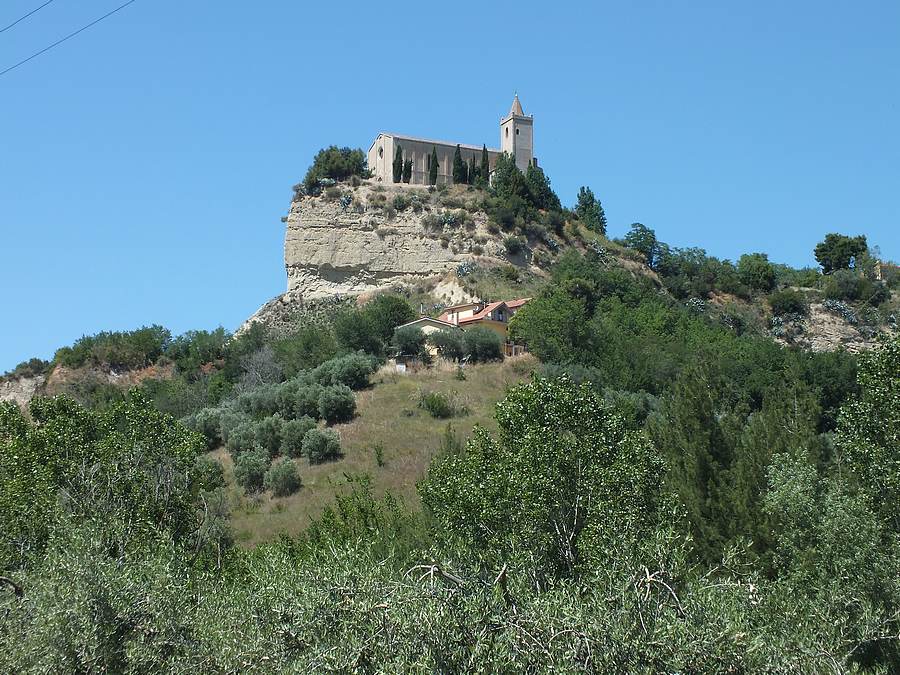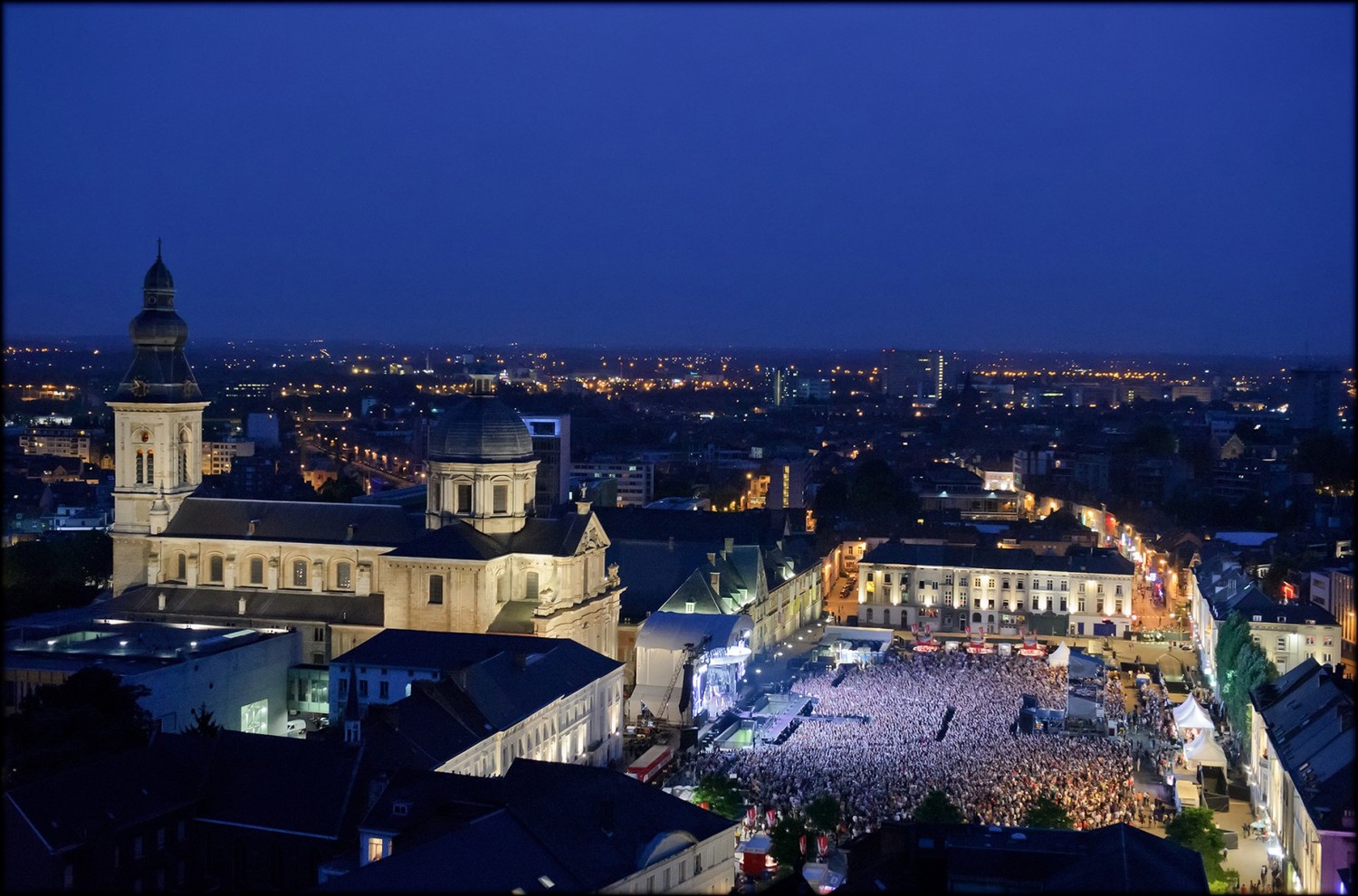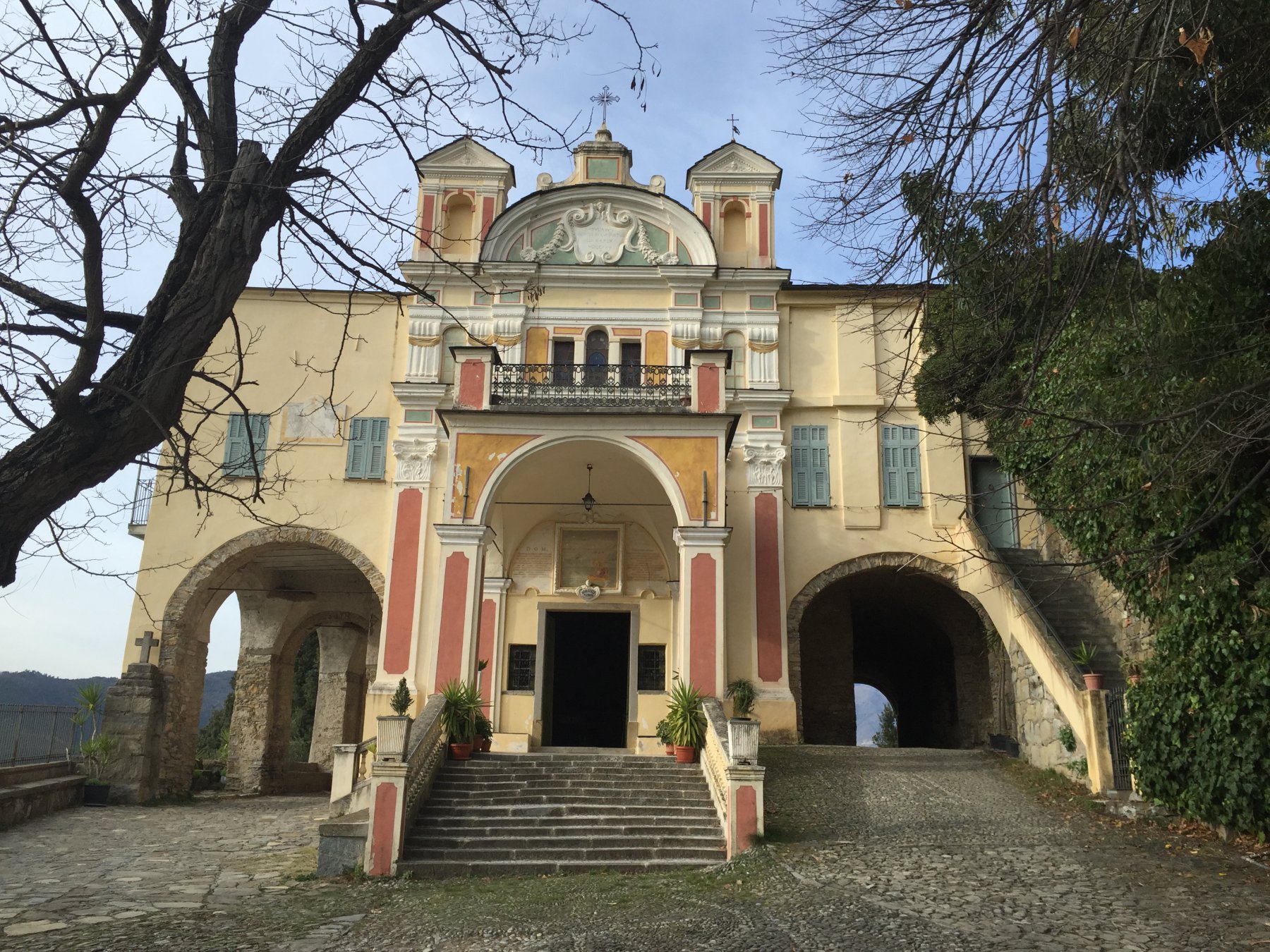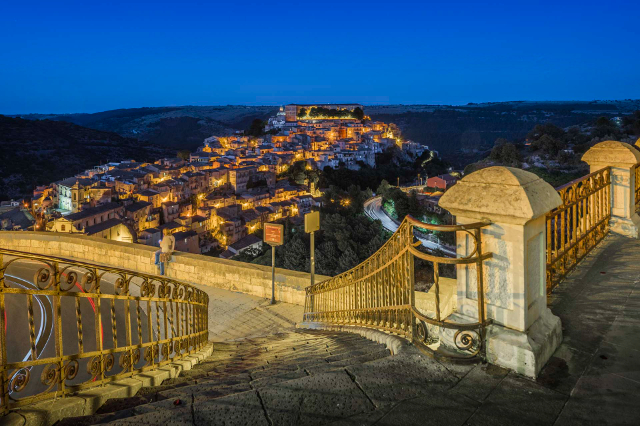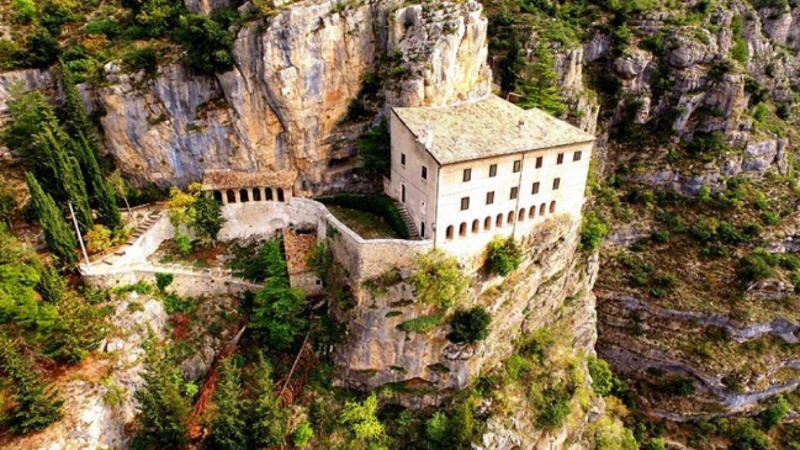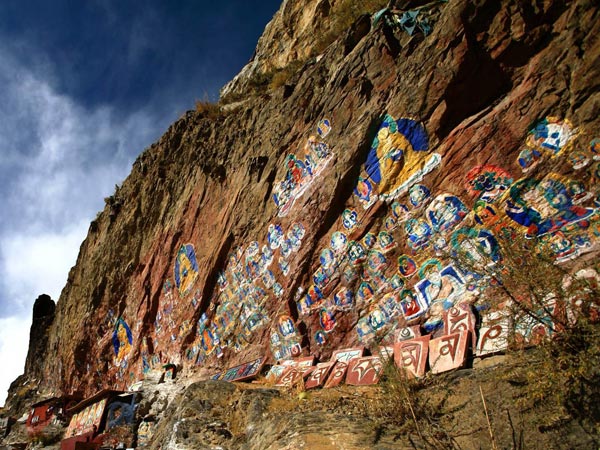The church is located on the western border of the village, surrounded on three sides by cliffs that open onto two valleys. It is a brick building in Romanesque-Gothic style, erected by Maestro Albertino in 1330 on a pre-existing small Benedictine church.
The church has a beautiful square bell tower, ending in an octagonal pyramidal spire.
It is a Romanesque-Gothic brick temple, lined with elegant travertine pilasters and decorated at the top with a double row of trilobate arches.
A flight of steps between two wings of the wall leads to the crypt, which has a portal in travertine sculpted with foliage (14th century), twists and animals.
Once through the door of the sub-temple, you enter a polygonal hemicycle (central apse) whose vault is the fulcrum of four Lombard-style brick columns with rounded capitals at the corners and decorated with ovals supporting pointed and rounded arches. In the central apse there are paintings attributed to the Master of Offida (XIV-XV century): "the mystic wedding of S. Caterina", on the left; "S. Cristo foro", "the Madonna with Child and two angels", on the right. Also on the right is an ancient travertine urn which now serves as a holy-water font. On both sides of the hemicycle there are two polygonal chapels divided into segments by ribs that rise from the ground to meet at the center of the vault.
On the altar of the left apse-chapel rests a slab of sandstone, crossed above by a small channel, it is thought that this stone belonged to a pagan altar and the channel was used to flow, within the cup of the priest, the blood of the victims. In this chapel there are other paintings of the Master of Offida: "S. Caterina d’Alessandria, the Annunciation".
Still on the wall to the left near the chapel, other paintings by the same author: "Our Lady of the Milk, St. Ludwig of Toulouse, St. Onofrio and St. Stephen" and finally, by Master Ugolino di Vanne from Milan (XIV-XV century): "The Virgin with Child and St. Anthony" of 1423.
Crypt: right chapel
In the apse-chapel on the right, other paintings by the Master of Offida: "The Stories of St. Lucy", "Crucifixion", "Coronation of the Virgin", "Our Lady of Mercy and St. John the Evangelist".
Four more columns and two pillars divide the hemicycle and chapels from the remaining crypt.
We climb three brick steps and enter the original church.
It is divided into three parts by two rows of columns and two rows of semi-columns leaning against the walls. The columns are all in brick, except for one which is a truncated column in travertine. The bases of the columns are also in brick, except for one which is in travertine.
On the south perimeter wall, there are three small splayed round-arched windows and an access door. On the north side there is only one small window and a tomb carved in the masonry.
The paving, in terracotta, was done recently (1986). Going towards the West and going beyond the wall of the small church, we find ourselves in a room divided into four parts by three rows of columns. At the end, on the right, a spiral staircase leads to the Upper Church which is in the shape of a Latin cross, with a barely pronounced transept and a single nave, with exposed trusses.
The side walls are bare and interrupted on the south side by three oblong windows, two open and one walled up.
The large window on the south side of the transept was recently reopened. On the wall and in the ambo, on the right, other works by the Master of 0ffida.
Respectively "The Burial of Jesus" and "The Crucifixion". On the left wall a painting by Fra Marino Angeli da S. Vittoria (XV century), depicting "The Madonna of the milk with St. Sebastian" At the bottom opens the apse lit by two oblong windows and run from bottom to top by ribs that meet at the top of the vault.
In the basin of the main apse there is a work by Maestro Ugolino di Vanne da Milano depicting "Seven Holy Fetuses, Eight Holy Virgins, Ten Musical Angels".
In the lower left-hand area of the main apse is a fragment of a votive fresco, commissioned by the condottiere affidano Baldassarre Baroncelli, dated 23 Nov. 1423.
In the lower area, in the centre of the main apse, "Flight into Egypt" by the Master of Offida. On the north wall, at mid-height, there is an ambo, where there is a wooden statue of the sixteenth century. representing "St. Benedict of Norcia.
AlI’ambone is accessed through a ladder carved into the thickness of the wall. On the opposite side stands another ambo that, in ancient times, contained a wooden choir with organ. At the back, to the right of the entrance, is the baptismal font in which the blessed Bernardo di 0ffida was baptized.
Interior of the Upper Church
The upper floor of the church is also accessible by an external brick staircase. The main facade, west side, is vertically divided into three parts by pilasters with a portal in brick supported by travertine pillars. The portal is surmounted by a beautiful rose window in oak wood.
